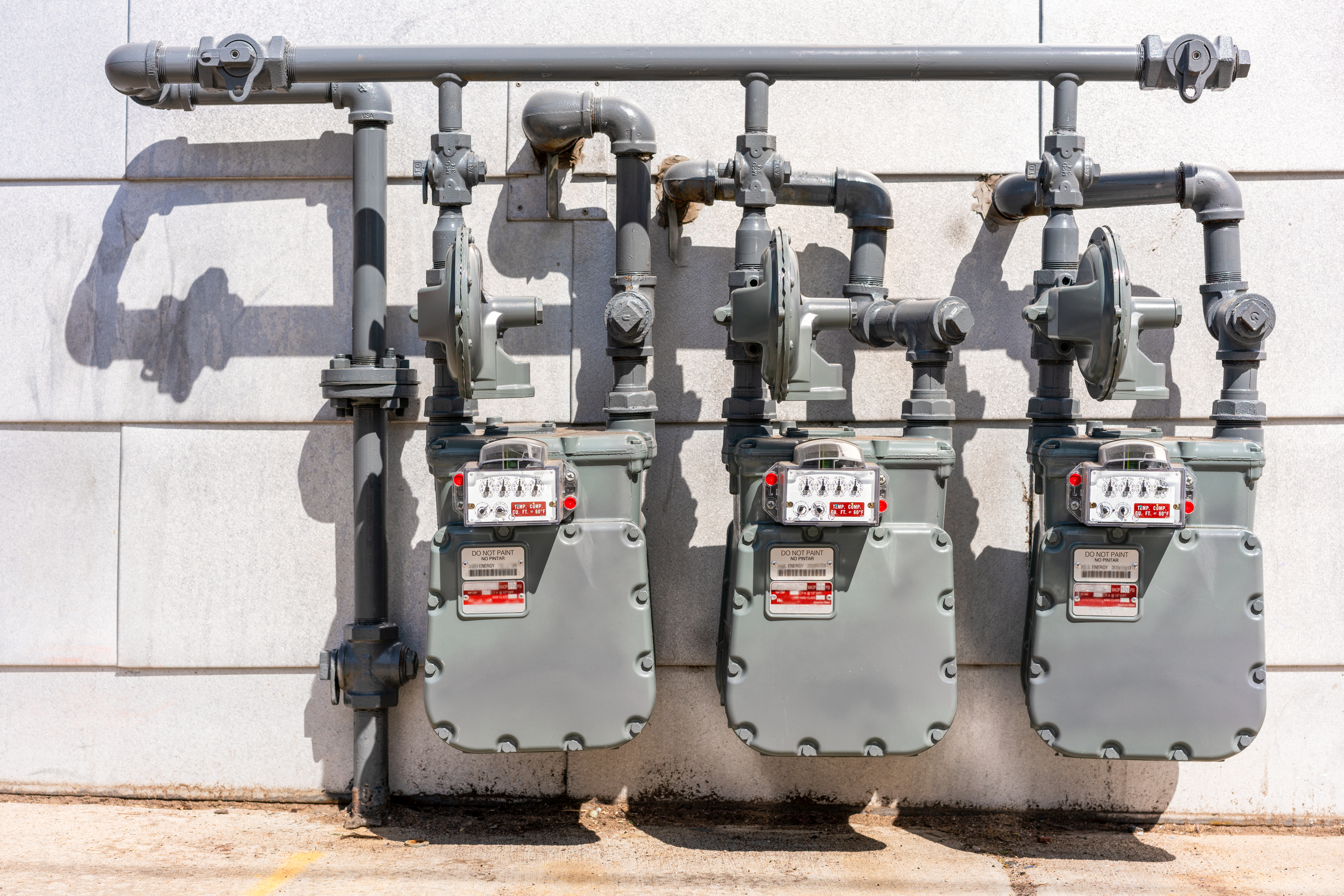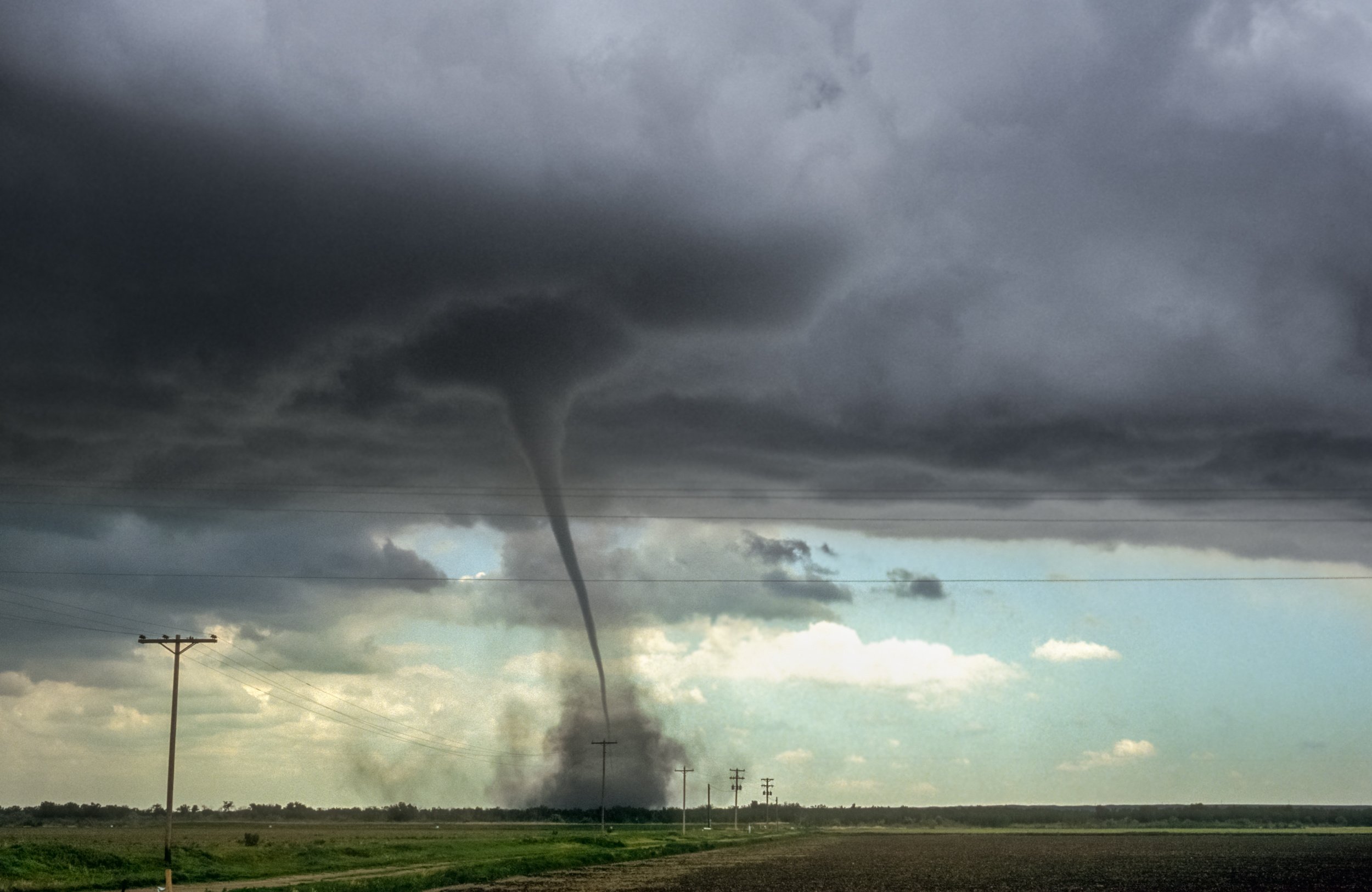Natural gas is one of the most common fuel sources in housing, used for heating, hot water, cooking, and more. However, despite its efficiency and reliability, natural gas also poses serious risks if not properly maintained or monitored.
Gas leaks can lead to fires, explosions, or carbon monoxide exposure, especially in aging properties or buildings with outdated equipment. Knowing how to detect hazards and respond quickly is critical to keeping residents and staff safe.
What you'll learn
- How natural gas systems work in housing
- Common causes of leaks and how to identify them
- What to do if you suspect a gas leak
- Key safety and maintenance practices
- Resident education tips to reduce risk in the unit
Why this matters
Natural gas is colorless and odorless until odorants are added to help detect leaks. But leaks can still go unnoticed, and even small amounts of gas can lead to major consequences if exposed to a flame or spark.
Housing organizations are responsible for maintaining safe infrastructure and responding quickly to reports of gas smells, hissing sounds, or unusual utility activity. Empowering maintenance staff and educating residents on what to watch for can prevent dangerous situations before they escalate.
With regular inspections, clear communication, and strong safety protocols, natural gas can remain a safe and reliable resource in your community.
Access more resources
Be sure to explore the full range of resources we’ve curated on our Resource Center, designed to help you stay informed, prepared, and resilient, ready to handle anything that comes your way confidently.Stay connected
Sign up for updates from our blog to stay ahead of emerging trends in insurance, risk management, online training, and affordable housing research, and gain access to the latest resources and tools.This article is for general information only. HAI Group® makes no representation or warranty about the accuracy or applicability of this information for any particular use or circumstance. Your use of this information is at your own discretion and risk. HAI Group® and any author or contributor identified herein assume no responsibility for your use of this information. You should consult with your attorney or subject matter advisor before adopting any risk management strategy or policy.
HAI Group® is a marketing name used to refer to insurers, a producer, and related service providers affiliated through a common mission, management, and governance. Property-casualty insurance and related services are written or provided by Housing Authority Property Insurance, A Mutual Company; Housing Enterprise Insurance Company, Inc.; Housing Specialty Insurance Company, Inc.; Housing Investment Group, Inc.; and Housing Insurance Services (DBA Housing Insurance Agency Services in NY and MI).








